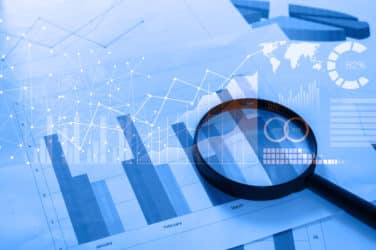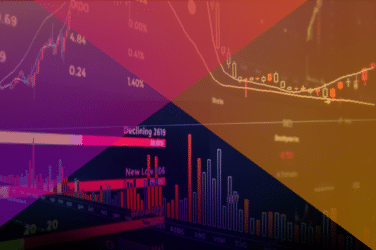
Capital-market firms are getting better at mining and extracting value from ‘big data’, but there is considerable room for improvement.
Observers and practitioners say the ramp-up of analytics capabilities will be a prominent theme for buy-side investment firms and the institutional brokers that execute their trades for the foreseeable future.

David Sobolewski, Thomson Reuters
“It is an increasingly data-driven industry,” said David Sobolewski, product manager for cross-asset analytics at Thomson Reuters. “Getting deeper insights through analysis of data will be critical in efficiently and compliantly operating your organization, generating value, and differentiating yourself from peers.”
The vision is seamless access to all types of data, supplemented by visualization tools that enable everyone in the organization to understand what they are seeing. This next evolution of data access moves from the comparatively inefficient model of database administrators tapping ‘data lakes’ for information by request, to real-time access at the fingertips of those who need it.
Tech + Regs + Bottom Line
The wind at the back of data analytics blows from technological advances that enable it, as well as the regulatory actions and competitive pressures that necessitate it. Trading and investing firms are able to analyze more data than ever before quicker than ever before, but the rate of advance is such that the current state of the art may be looked back upon as quaint in five years’ time.
The processing power of the world’s fastest supercomputer is 40 times more than that of the world’s fastest machine of six years ago, McKinsey noted in a December 2016 report. And the rise of cloud-based platforms has democratized analytics to an extent, by making it cost-effective for smaller firms to store data and process it on distributed servers.
“Companies are placing big bets on data and analytics,” the report said. “Data and analytics are already shaking up multiple industries, and the effects will only become more pronounced as adoption reaches critical mass.”
On the regulatory side, one future date that’s highly pertinent for market participants and purveyors of data and analytics is January 3, 2018. That’s the go-live date for Markets in Financial Instruments Directive II, the European rule set that moves trading of more asset classes from OTC and onto organized trading venues, and mandates that participants collect, organize and report a bunch more of their trading data, as close to real-time as possible.
MiFID II will be central to data-and-analytics upgrade efforts this year, according to Dan Seal, senior vice president at in-memory streaming database provider Kx Systems. “MiFID really pushes institutions, both buy side and sell side, to centralize their data repositories and their analytics,” he said. “From a data perspective, what’s important are things like transaction cost analysis, and ‘best ex’ reporting that needs to be published to their governing bodies.”
The future of analytics is about making information available now rather than later. “A big part of it will be real-time,” said Jerry Hanweck, founder and CEO of the eponymous real-time risk analytics firm. “There are some firms that take multiple days to calculate their exposure to changes in a major currency — that can’t happen.”

Jerry Hanweck
There is also the more mundane need to ensure that the right data gets in front of the right people internally. “This is not just the conventional challenge of managing big data,” Hanweck said. “Organizational behavior is about getting the right structures in place within a large organization to make sure the data is available in a timely fashion and available to the groups that need it.”
AI in Sight
Further out, “machine learning is going to play a big role in analytics within financial markets,” Hanweck continued. “It could be automation of certain tasks which to date have been people-oriented. It could be back office, or it could be risk management…Machine learning will also impact less conventional areas like surveillance.”
The expansiveness of the future of analytics is drawing in players of all sizes, ranging from the biggest investment houses and Wall Street banks to startups.
London-based fintech entrepreneur Alpesh Doshi is working to build an investment firm based on data-driven decision making, which he envisions as a “BlackRock for the 21st century.”
“Investors are not getting the return they want,” Doshi said. “Processes are not really driven by data analytics. Most of it is based on fund managers’ portfolio selection, which involves older, traditional techniques. We want to drive change — by building big data, by building analytics with multiple sources of data and by building proprietary risk models and algorithms.”
Regarding the state of analytics on Wall Street today, Doshi opined that market firms are doing what they need to do, but with some short-sightedness. “There is a huge amount of activity trying to meet regulation,” he said. “There are pointed solutions, but there is not a real coherence on thinking about it holistically and understanding the data better.”
<





